The race to deploy fully autonomous strike drones has reached a pivotal moment, with Munich-based start-up Stark announcing that such technology is now within reach. As reported by the Financial Times, Stark’s latest innovation, the OWE-V drone, can strike targets up to 62 miles away, signaling a transformative shift in modern warfare that’s already reshaping the Drone Industry and raising urgent ethical questions.
Stark’s OWE-V: A Leap in Drone Autonomy
Stark’s OWE-V drone, launched just last week, is a game-changer for military applications. The drone features advanced software enabling real-time decision-making to evade enemy defenses, a capability that sets it apart from existing unmanned systems. It can launch vertically, eliminating the need for runways, and strike targets with precision at a range of 62 miles, as confirmed by Stark’s managing director, Phil Lockwood. This range and autonomy allow for rapid deployment in dynamic battlefields, a critical advantage in conflicts like the ongoing war in Ukraine, where Drone Technology has seen accelerated investment.

The OWE-V’s ability to navigate autonomously and track moving targets using Artificial Intelligence (AI) underscores the rapid evolution of drone warfare. “The deployment of next-generation drones—that do not require human approval to pick and hit targets—was ‘not far off,’” Lockwood told the Financial Times, highlighting the technological leap. However, Stark insists on maintaining human oversight, with Lockwood emphasizing, “We’re not comfortable at this stage reducing those controls.”
The Ukraine Effect: Drones Redefine Modern Conflict
The war in Ukraine has turbocharged drone innovation, with companies like Stark racing to meet growing demand. The conflict has demonstrated drones’ cost-effectiveness—some models cost as little as a few hundred dollars—compared to traditional weapons like tanks or missiles. The U.S. Pentagon, for instance, has purchased hundreds of Anduril‘s Altius-600M drones, which have a range of about 50 miles, for deployment on Ukraine’s front lines. Meanwhile, Turkey‘s Baykar has also emerged as a key player, supplying drones that have proven effective in combat.
Stark, with offices in Berlin and Kyiv, is uniquely positioned to capitalize on this demand. Yet, the company faces competition from European rivals like Helsing and Quantum Systems, founded by Florian Seidel, which focus on reconnaissance and intelligence drones like the Tekever. Despite this, Stark’s focus on strike capabilities gives it an edge in a market increasingly driven by lethality and precision.
Ethical and Regulatory Challenges Loom
The rise of autonomous drones isn’t without controversy. The European Union has expressed support for banning fully autonomous weapons but has made little progress toward an international treaty through the United Nations. Lockwood, who previously led innovation at NATO, warned of the risks posed by adversaries like Russia and China: “I think that we should be concerned that our adversaries […] are not going to have concerns about how these systems are used.” This stark reality underscores the urgency of establishing global norms for AI-driven warfare.
Traditional arms manufacturers, like Germany‘s Rheinmetall, have pushed back against the narrative that drones can replace big-ticket expenditures. “Drones are not a game-changer. The current discussion suggests that drones alone can win a war—that is definitely not true,” Rheinmetall’s chief executive, Armin Papperger, said last month. Yet, the affordability and scalability of drones—some costing as little as $200—challenge the dominance of conventional weaponry, potentially reshaping defense budgets worldwide.
DroneXL’s Take: A Brave New World with a Dark Shadow
At DroneXL, we see Stark’s OWE-V as a technological marvel that could redefine aerial combat, offering precision and affordability that recreational pilots and professionals can only dream of adapting for civilian use. Imagine the possibilities if such autonomy were applied to search-and-rescue missions, covering 62 miles in rugged terrain without a runway. But the shadow of autonomous warfare looms large—there’s a chilling irony in marveling at a drone’s ability to save lives while it’s designed to take them. As Lockwood warned, “There is going to be a distrust of Russia for many, many, many long years—potentially generations.” The drone industry must innovate responsibly, ensuring that the skies remain a place of wonder, not fear.
Photos courtesy of Stark
Discover more from DroneXL.co
Subscribe to get the latest posts sent to your email.
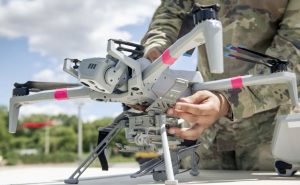


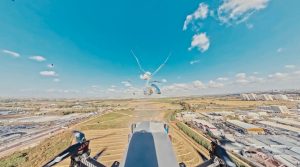


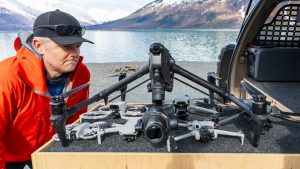
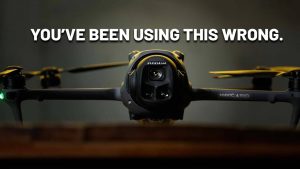

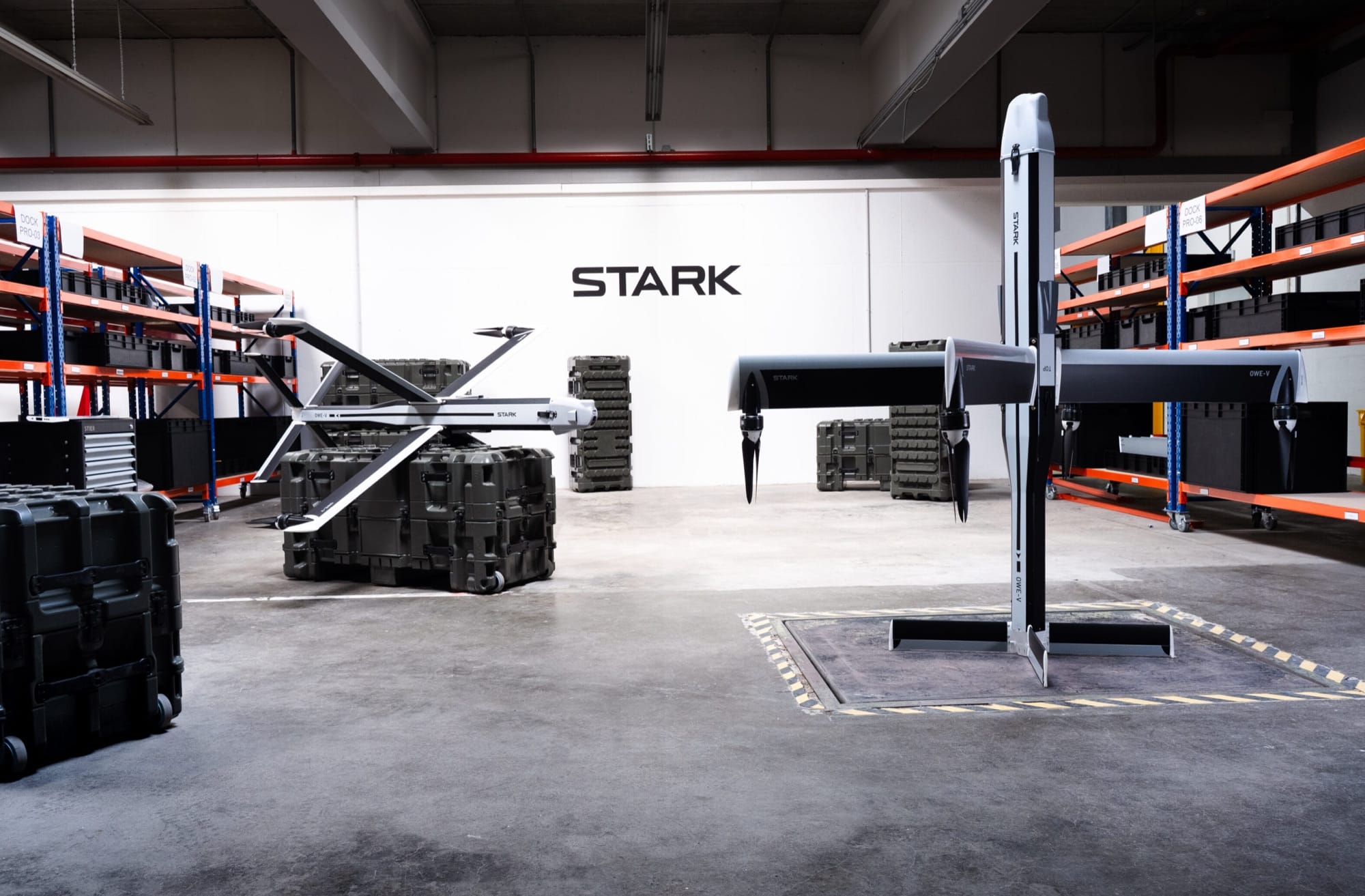
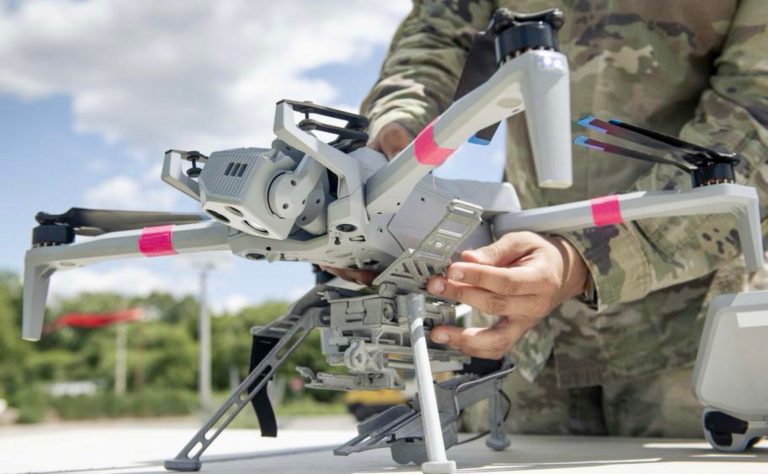


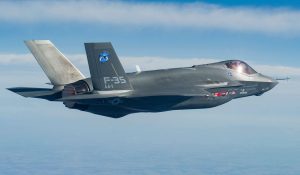




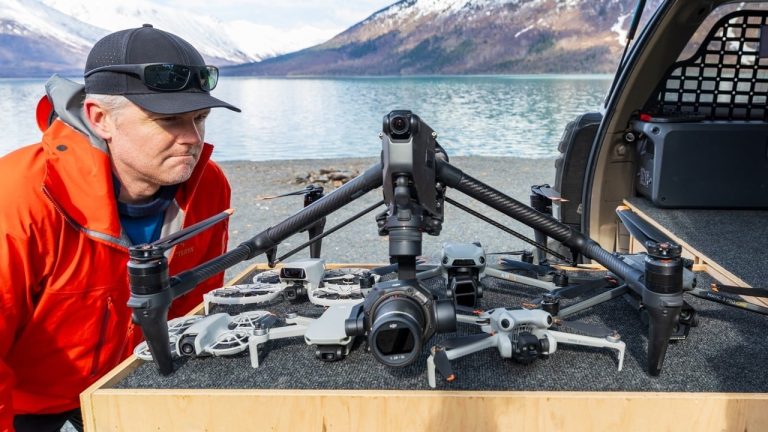
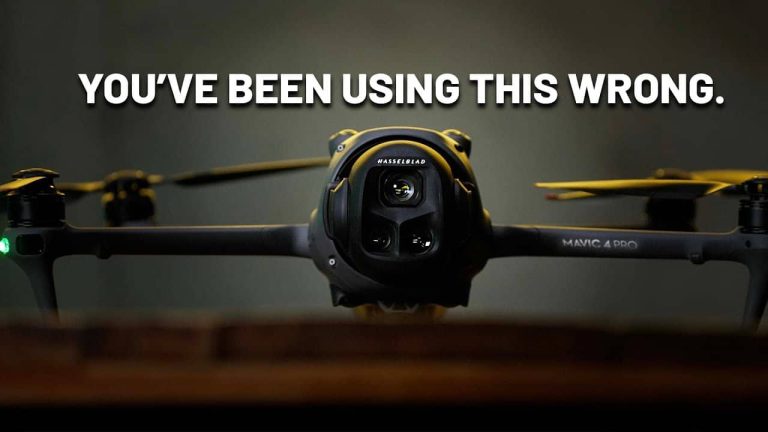
+ There are no comments
Add yours